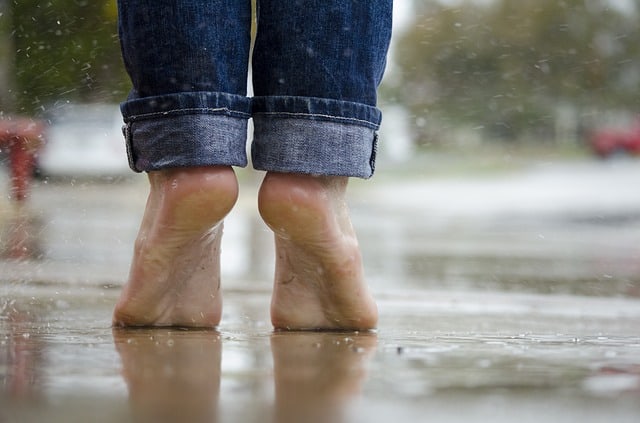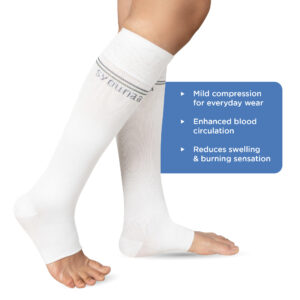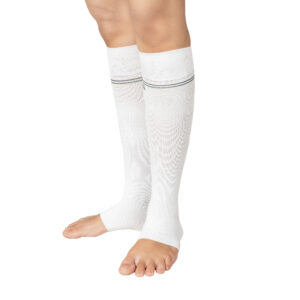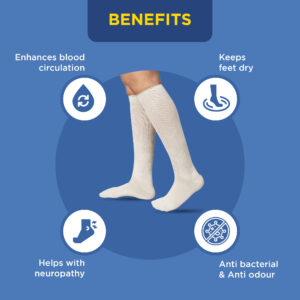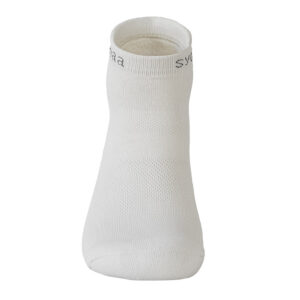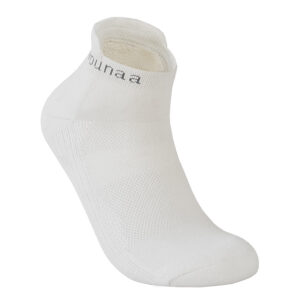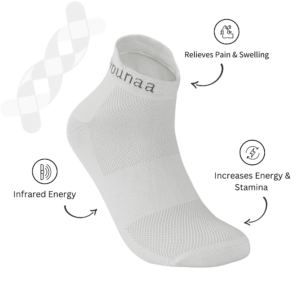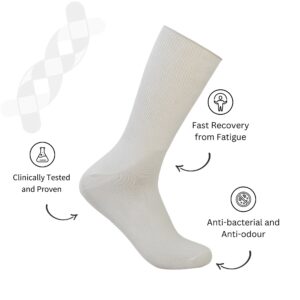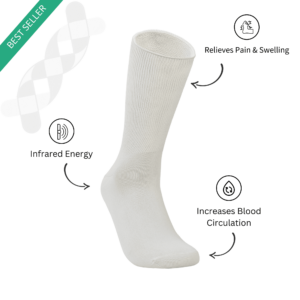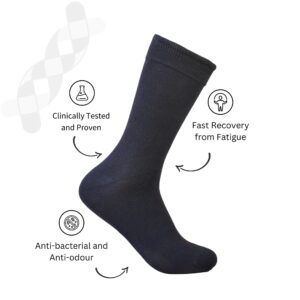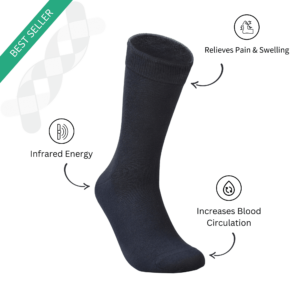Foot ulcers are cracks on the surface of the skin. They are dangerous because they expose the layers beneath. It is reported among at least 15% of diabetics around the world. Foot ulcers usually occur beneath the foot but it can also occur between the toes, ankles, etc. They may seem peripheral and harmless, however, if the ulcer is not dealt with on time, it may lead to serious problems in the future. 6% diabetics are hospitalised because of foot ulcers which make up for 85% of diabetes-related amputations, which is why we must take it very seriously.
With diabetes, it takes longer for your body to heal cuts and bruises, which is why a tiny foot ulcer can become a big infectious wound if you don’t tend to it on time. A good rule of thumb would be to wait it out for a day (if the ulcer is small and does not have any discharge) and visit the podiatrist if you see no change.
Here are some things you must know about foot ulcers.
Who is most likely to get it?
You are far more likely to get a foot ulcer if you:
- Have diabetes
- Are insulin dependent
- Have kidney, heart or eye problems caused by diabetes
- Have diabetes for many years (more than a decade)
- Are overweight
- Smoke and/or drink regularly
- Live a sedentary lifestyle
- Have peripheral neuropathy
This means that while you cannot control the duration of diabetes and the amount of insulin you need to manage it, you can definitely reduce the chances of foot ulcers by managing your weight, diet and lifestyle.
What Causes It?
Foot ulcers largely occur because your feet receive a lot of pressure from your entire body. Obesity usually multiplies the pressure on your feet. It becomes difficult for your legs to carry the weight of the entire body. Bones and joints constantly gnash against the surface of our feet leading to foot ulcers. In some cases, uncomfortable footwear, cuts and bruises from stones or hard toys can also lead to wounds that later develop to ulcers.
As a diabetic, it is quite common to have reduced blood supply around your feet. This happens because the excessive sugar in your blood impedes the function of veins and arteries. When arteries are not able to supply our feet with oxygenated blood, it slows down the healing process thus making the foot ulcer more dangerous than it actually is.
Symptoms
Foot ulcers can be extremely painful, and if you feel pain, you are lucky. You should get it checked immediately. Unfortunately, most of the time, because of severe peripheral neurosis, a diabetic may not identify pain when he or she gets foot ulcers. Therefore, the first thing you notice is in fact drainage. You may feel wet, tight or irritable around your feet. In severe cases, you may notice an odour before anything else. These symptoms occur when the ulcer has developed quite a bit. It is at the advanced stages, which is why you need to rush to a podiatrist immediately.
Prevention and Cure
If the foot sore is severe yet salvageable, your doctor will give you medicine and means to offload your feet. You may use braces to keep the pressure off your feet, while lotions and oral medicines work to fight off the infection. Your doctor may also clean the wound periodically to remove dead tissue or debridement. You must also wear comfortable open footwear during this time, so as to not aggravate the wound. Lastly, if none of these methods work, your doctor will have no other options but to amputate your feet.
Foot sores are just troublesome! So, to avoid them, you must take out time every day to keep your feet sore free! Start by switching to a healthier lifestyle. This is especially important if you have diabetes.
Make a list. What does your current diet and lifestyle look like and what should your ideal diet and lifestyle look like? Talk to your dietitian and find ways to add exercise to your everyday schedule. As a diabetic, you must walk for at least 30 minutes every day. Now, if you break that into three 10 minute walks, it becomes more manageable. Secondly, if you smoke or drink, now is the right time to stop.
Spend at least fifteen minutes on your feet. Start by washing your feet and pat drying them. Do not rub your feet too hard as it can cause irritation. Once your feet are dry, check for cuts and bruises. Make sure you have enough light so that your inspection is as thorough as possible. Check between your toes and below your feet, on the creases of your ankle and your heels. Keep an eye out for even the smallest, most insignificant cuts and/or shoe bites and visit your doctor if it doesn’t heal in 24 hours.
Lastly, it is always a good idea to wear Syounaa diabetic socks once your feet are clean and dry. These socks are made with a special Celliant technology which increases blood flow and provides your feet with a fresh supply of oxygen. It prevents foot sores and heals small cuts and bruises with the increased supply of oxygen to treat the wound naturally.
We hope this article was helpful. What do you know when you have a foot sore? We would love to hear from you.

